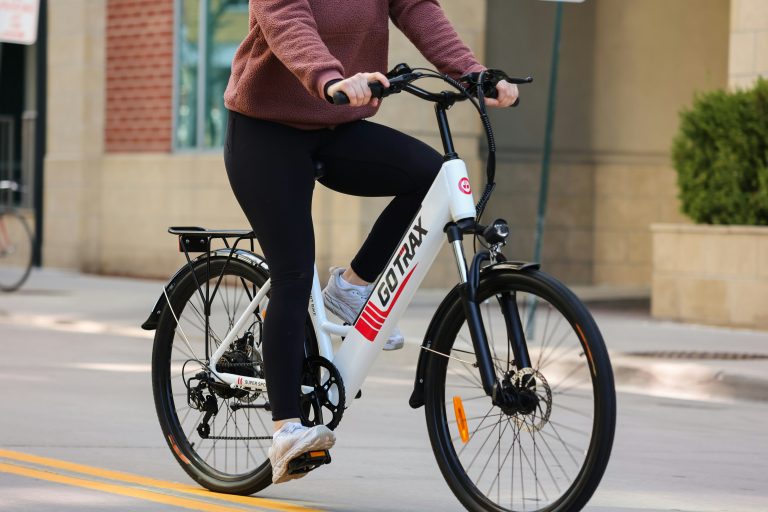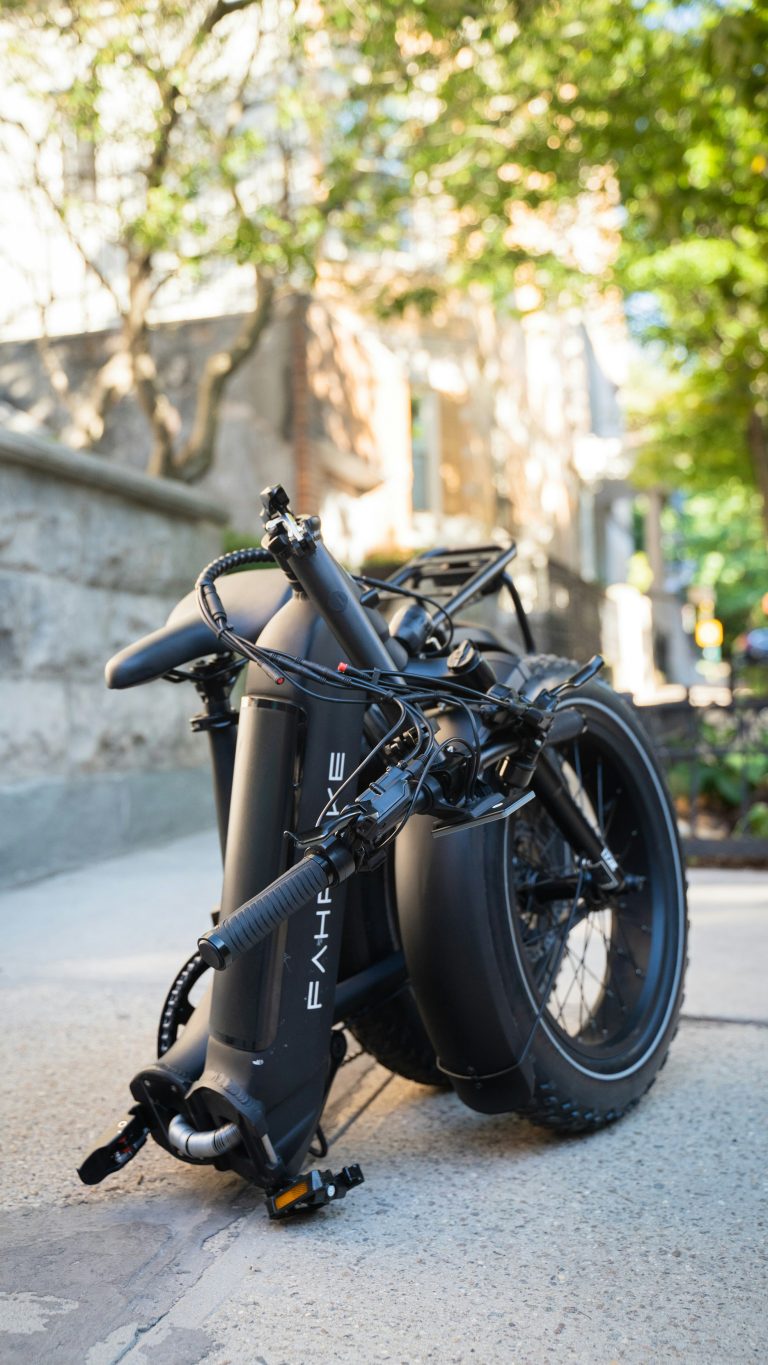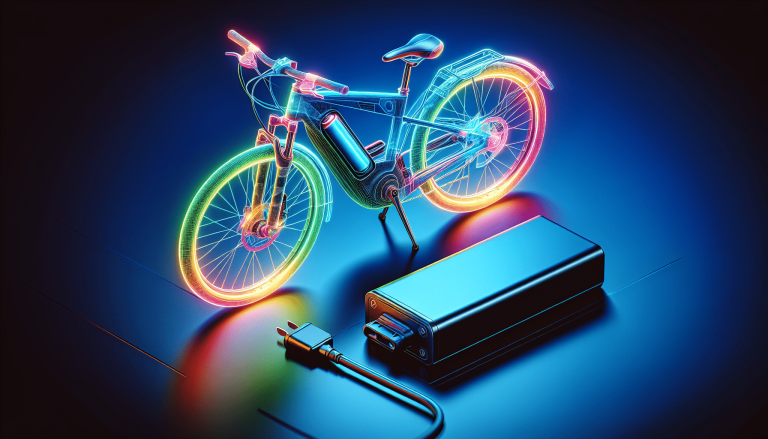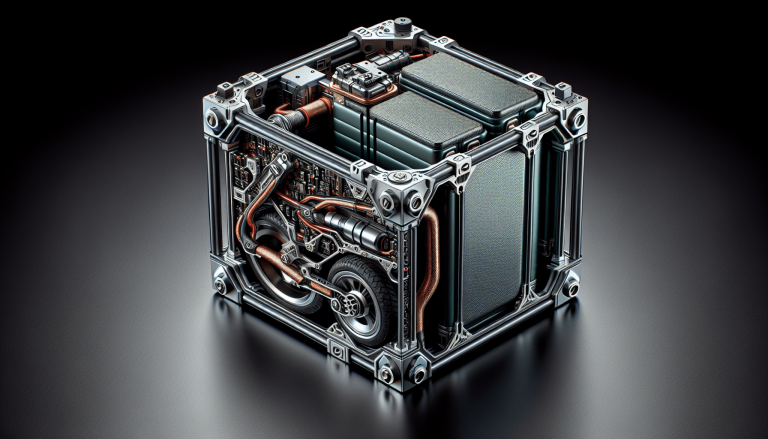Is A 250-watt Ebike Powerful Enough?
Are you curious about whether a 250-watt ebike can provide enough power? Well, you’re not alone! Many people wonder if this level of power is sufficient to get them where they need to go. In this article, we’ll explore the capabilities of a 250-watt ebike and whether it can meet your needs for commuting or leisurely rides. So, let’s hop on and find out if a 250-watt ebike packs enough punch to make your cycling adventures a breeze!

Overview of 250-watt Ebikes
What is an Ebike?
An ebike, short for electric bike, is a bicycle that is equipped with an electric motor to provide power assistance while pedaling. This motor is powered by a battery, allowing riders to travel longer distances and tackle challenging terrains with ease. 250-watt ebikes are a popular choice among riders due to their versatility and efficiency.
Understanding the Wattage
The wattage of an ebike refers to the power output of its motor. A 250-watt ebike has a motor with a power output of 250 watts. While this may seem lower compared to higher wattage models, it still offers ample power assistance for most riding needs. The power provided by a 250-watt motor is generally sufficient for moderate riding, such as city commuting, off-road adventures, and even long-distance touring.
Benefits of 250-watt Ebikes
One of the key benefits of 250-watt ebikes is their efficiency. With a lower wattage motor, these bikes consume less energy, resulting in longer battery life and extended riding range. This makes them a cost-effective and eco-friendly transportation option for daily commuting and recreational rides. Additionally, 250-watt ebikes are generally lighter and more affordable than higher wattage models, making them accessible to a wider range of riders.
Performance Factors
Terrain and Riding Conditions
The terrain and riding conditions play a crucial role in the performance of a 250-watt ebike. While these bikes can handle various terrains, they excel on flat and moderately hilly roads. Steep inclines or off-road trails may require more effort from the rider or higher assist levels to maintain a comfortable speed. Riders should consider the intended terrain before purchasing a 250-watt ebike to ensure it meets their specific needs.
Rider’s Weight
The weight of the rider is an important performance factor to consider when using a 250-watt ebike. As the motor provides power assistance based on the rider’s pedaling input, heavier riders may notice slightly reduced assistance compared to lighter riders. However, most 250-watt ebikes can comfortably accommodate a wide range of rider weights, making them suitable for individuals of various sizes.
Battery Capacity
The battery capacity of a 250-watt ebike influences its overall performance and range. A higher capacity battery will allow for longer rides without the need to recharge. It’s important to note that the available power assistance may decrease as the battery level depletes. Riders should consider their expected riding distance and choose a 250-watt ebike with an appropriate battery capacity for their needs.
Assist Levels and Power Modes
Most 250-watt ebikes offer multiple assist levels and power modes to cater to different riding preferences. These allow riders to control the amount of power assistance they receive from the motor. Depending on the selected mode, the motor will provide varying levels of assistance, allowing riders to conserve battery power or enjoy a more effortless ride. Experimenting with different assist levels and power modes can help riders find the right balance for their specific riding style and needs.
Pedaling Technique
While a 250-watt ebike provides power assistance, the rider’s pedaling technique still plays a significant role in its performance. Proper pedaling technique ensures efficient use of the motor’s power and allows riders to maximize their riding range. It’s important for riders to maintain a steady cadence and apply consistent pressure while pedaling, especially on uphill sections or when riding against strong winds. By combining proper pedaling technique with the motor’s assistance, riders can achieve optimal performance and make the most of their 250-watt ebike.
City Commuting
Suitability for City Commuting
250-watt ebikes are highly suitable for city commuting due to their efficient power output and maneuverability. These bikes excel in urban environments where riders encounter frequent stops, traffic, and varying riding conditions. The motor’s power assistance makes accelerating from standstill and navigating through crowded city streets effortless, allowing riders to arrive at their destinations quickly and with minimal exertion.
Accelerating from Standstill
A notable advantage of 250-watt ebikes during city commuting is their ability to accelerate from standstill rapidly. The motor assists riders in quickly reaching cruising speed, making it easier to merge into traffic or navigate intersections with confidence. Riders can enjoy a smooth and seamless acceleration experience, even in stop-and-go situations, which enhances the overall commuting experience.
Climbing Hills
Although 250-watt ebikes may face some limitations when it comes to climbing steep hills, they can still handle moderate inclines with ease. The motor’s assistance significantly reduces the effort required to conquer hills, ensuring riders maintain a comfortable speed while minimizing fatigue. For riders living in hilly cities, it is vital to consider the terrain they will encounter during their daily commute and choose a 250-watt ebike with suitable assist levels to tackle their route efficiently.
Speed and Efficiency
When it comes to city commuting, speed and efficiency are key. The 250-watt motor provides adequate power assistance to maintain a consistent cruising speed, helping riders keep up with traffic flow and reach their destinations in a timely manner. Additionally, the efficient power output of 250-watt ebikes allows riders to cover more ground while conserving battery power, making them a cost-effective and practical option for everyday commuting.
Off-Road Adventures
Challenges of Off-Road Riding
Off-road riding presents a unique set of challenges that can push the limits of any bike, including 250-watt ebikes. Uneven and rugged terrain, steep inclines, and unpredictable obstacles require a combination of skill, technique, and power. While 250-watt ebikes are not specifically designed for extreme off-road adventures, they can still handle moderate off-road trails and provide an enjoyable riding experience for those seeking a bit of off-road fun.
Handling Steep Inclines
One of the challenges of off-road riding is tackling steep inclines. While a 250-watt ebike may require more effort from the rider when climbing steep hills, the power assistance provided by the motor can still make the ascent manageable. It is important for riders to utilize the appropriate assist level and maintain proper pedaling technique to conquer steep inclines successfully. Additionally, selecting a 250-watt ebike with a good torque output can further enhance its performance on inclines.
Navigating Rough Terrain
Riding on rough and uneven terrain can be demanding for any bike, including a 250-watt ebike. However, with proper technique and skill, these bikes can handle moderate off-road trails and navigate through challenging terrain. The motor’s power assistance helps riders maintain momentum and overcome obstacles, while the bike’s suspension system provides additional comfort and control. Riders should choose an appropriate tire tread pattern and consider adding front suspension forks for improved off-road performance.
Battery Life and Range
Off-road adventures tend to require more energy from the motor, which can have an impact on the battery life and range of a 250-watt ebike. Powering through rough terrain, climbing hills, and navigating obstacles may result in slightly shorter battery life compared to on-road riding. It’s important for riders to plan their off-road excursions accordingly, taking into account the estimated range of their 250-watt ebike and being mindful of battery usage to ensure they don’t run out of power during their adventure.
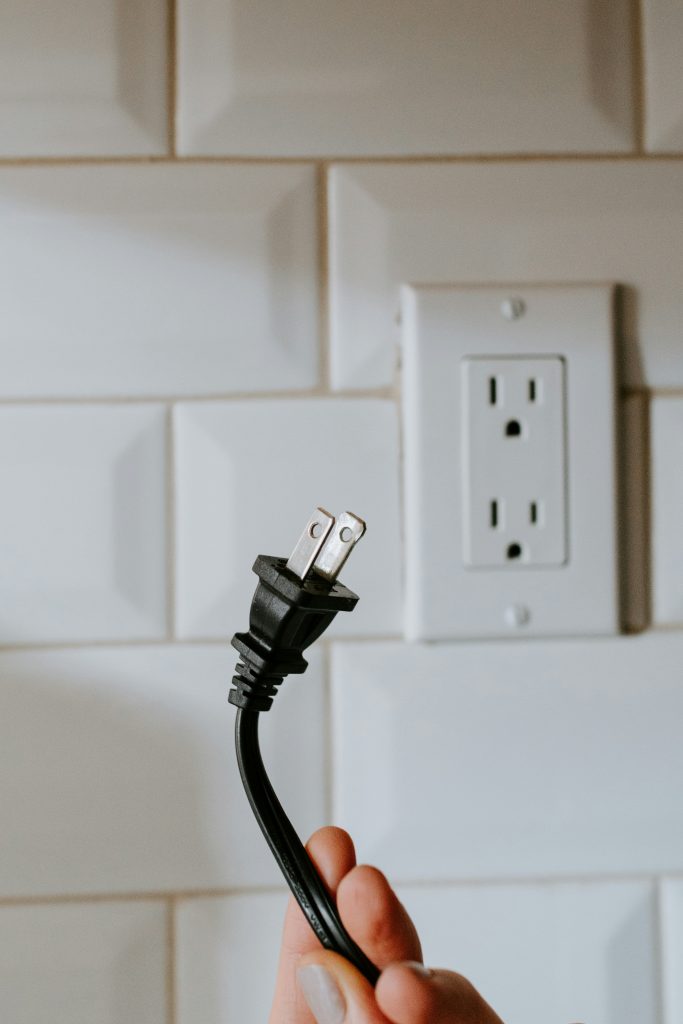
Long-Distance Touring
Endurance and Stamina
Long-distance touring places different demands on an ebike, and a 250-watt model can be a reliable companion for such journeys. While not specifically designed for ultra-long distances, these bikes offer enough power assistance to make touring enjoyable and manageable. The motor’s assistance helps riders conserve energy and reduce fatigue, allowing them to cover greater distances comfortably.
Power Assistance vs Pedaling
When embarking on a long-distance tour, riders have the option to rely more on the motor’s power assistance or prioritize their pedaling efforts. The assist levels and power modes available on 250-watt ebikes allow riders to customize the amount of assistance they receive, striking a balance between pedaling and motor power. This flexibility enables riders to adapt to different terrains and conditions during their tour and manage their energy levels effectively.
Effectiveness on Flat and Uphill Roads
A 250-watt ebike is well-suited for long-distance touring on both flat roads and moderate uphill sections. On flat roads, riders can maintain a steady cruising speed with minimal effort, allowing them to cover large distances efficiently. When encountering uphill sections, the motor’s power assistance helps riders maintain a comfortable pace, reducing the strain on their muscles and ensuring a more enjoyable touring experience.
Managing Battery Usage
Long-distance touring requires careful management of battery usage to ensure uninterrupted rides. Riders should be mindful of their 250-watt ebike’s estimated range and plan their route accordingly, considering available charging stations if necessary. It may also be beneficial to adjust the assist levels and power modes throughout the tour to optimize energy consumption. By managing battery usage effectively, riders can fully enjoy the experience of long-distance touring with their 250-watt ebike.
Weight Capacity
250-watt Ebikes and Weight Limits
Most 250-watt ebikes have weight limits specified by the manufacturers. These weight limits take into account the structural integrity of the bike, including the frame, components, and wheels. It is essential for riders to be aware of these weight limits and choose a 250-watt ebike that accommodates their weight comfortably. Exceeding the weight limit may put unnecessary stress on the bike’s components and compromise its overall performance and safety.
Carrying Extra Cargo or Riders
While 250-watt ebikes have weight limits, they can still accommodate some additional cargo or even a passenger with the right modifications. Riders can consider adding racks, cargo baskets, or trailers to carry extra items or install a pillion seat and footpegs for carrying a passenger. It’s crucial to ensure that any modifications made adhere to safety standards and do not exceed the weight limits set by the manufacturer.

Legal Restrictions and Regulations
Electric Bike Classes and Laws
Electric bikes are subject to specific classifications and regulations depending on the region. In many areas, ebikes are classified into different classes based on their maximum speed and power output. It is important for riders to familiarize themselves with the classification and legal requirements of electric bikes in their jurisdiction, ensuring they comply with any necessary regulations, such as age restrictions or licensing requirements.
Max Speed and Power Limits
Different jurisdictions may impose maximum speed and power limits for electric bikes, including 250-watt models. These limits are in place to ensure rider safety and promote responsible riding practices. Riders must be aware of these limits and ensure that their 250-watt ebike stays within the designated parameters to avoid any legal issues or jeopardize their safety.
Street Legality Requirements
Street legality requirements vary depending on the region and the classification of the ebike. While some regions may allow 250-watt ebikes to be ridden on public roads and bike lanes without any additional requirements, others may require riders to wear helmets, have working lights, or register their ebike with local authorities. Understanding and complying with street legality requirements is crucial to ensure a safe and legal riding experience.
Accessories and Modifications
Enhancing Bike Performance
Riders have the option to enhance the performance of their 250-watt ebikes through various accessories and modifications. Upgrading components such as the tires, brakes, or suspension can improve the overall ride quality and handling. Additionally, accessories like fenders, lights, and racks can enhance the functionality and practicality of the bike, making it better suited for specific riding needs and preferences.
Upgrading Motor or Battery
While a 250-watt motor is sufficient for most riding requirements, some riders may desire extra power for specific purposes. In such cases, it is possible to upgrade the motor to a higher wattage, provided that the bike’s frame and components can support the increased power. Similarly, upgrading the battery to a higher capacity can extend the range and allow for longer rides between charges. However, it’s important to consult with a professional or the manufacturer to ensure compatibility and proper installation.
Adding Extra Assist Features
For riders seeking additional assist features, there are accessories and modifications available to enhance the power assistance of a 250-watt ebike. For example, a cadence sensor or torque sensor can provide a more responsive and intuitive assist system. Additionally, throttle control can provide instant power without the need for pedaling. These extra assist features can customize the riding experience to better match individual preferences and needs.
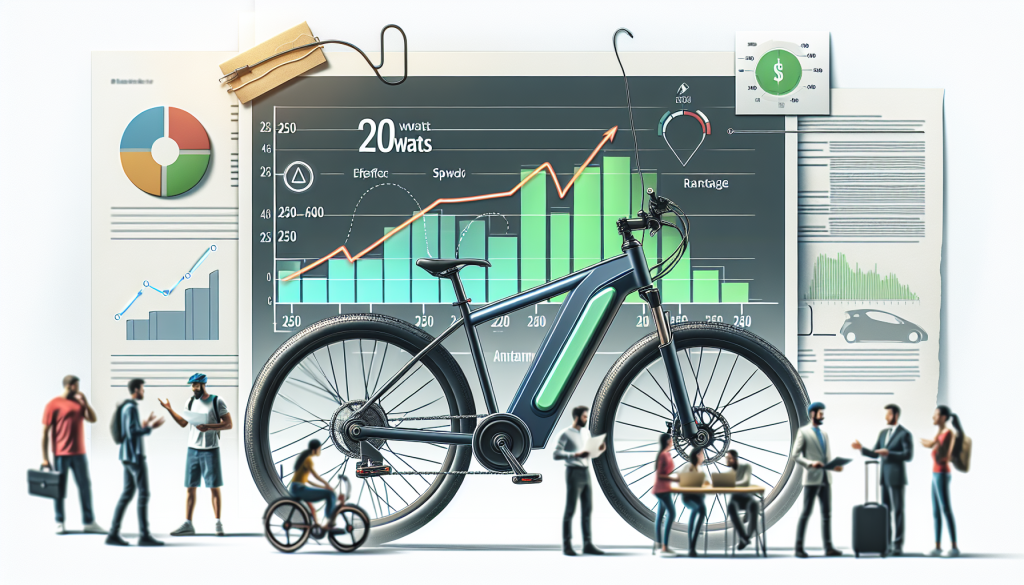
Cost Considerations
Affordability of 250-watt Ebikes
One of the advantages of 250-watt ebikes is their affordability compared to higher wattage models. With a lower power output, these bikes often come with a more accessible price tag, making them a budget-friendly option for riders looking to embrace electric bike technology without breaking the bank. The lower cost also allows riders to invest in additional accessories or modifications to customize their 250-watt ebike further.
Comparing Price Range
While 250-watt ebikes generally fall within the more affordable range, there can still be variations in price depending on the brand, features, and build quality. It’s important for riders to research and compare different models to find the best value for their budget. Factors to consider include the reputation of the manufacturer, warranty coverage, and customer reviews to ensure a reliable and long-lasting investment.
Value for Money
When assessing the cost of a 250-watt ebike, it’s crucial to consider the value it provides. These bikes offer a balance of power assistance, range, and affordability, making them suitable for a wide range of riding needs. By offering an efficient and eco-friendly mode of transportation while making daily commuting, off-road adventures, and long-distance touring more accessible, 250-watt ebikes deliver excellent value for money for many riders.
Personal Preferences
Individual Riding Style
Choosing a 250-watt ebike should align with an individual’s riding style and preferences. Riders who enjoy a more leisurely pace and want to maximize the health and fitness benefits of cycling may prefer lower assist levels, as they would need to exert more effort while pedaling. Conversely, riders who value speed and effortless rides may opt for higher assist levels to minimize their pedaling input. Considering personal riding style will help determine the optimal settings and features of a 250-watt ebike.
Fitness Level and Experience
Riders’ fitness levels and experience also play a role in determining the suitability of a 250-watt ebike. For individuals who are just starting their fitness journey or have limited physical endurance, these bikes can provide the necessary assistance to gradually build stamina and enjoy longer rides. More experienced riders may appreciate the balance of power assistance and pedaling effort offered by a 250-watt ebike, allowing them to tailor their riding experience to their abilities and preferences.
Purpose of Using an Ebike
Understanding the primary purpose of using an ebike is essential when considering a 250-watt model. Riders looking for a reliable and efficient mode of transportation for daily commuting or running errands will find the power assistance and range of a 250-watt ebike suitable. On the other hand, riders seeking off-road adventures or long-distance touring may require additional features or higher wattage models. Identifying the primary purpose of using an ebike ensures that the chosen 250-watt model meets specific needs and delivers an enjoyable riding experience.
Future Expectations
When investing in a 250-watt ebike, it is important to consider future expectations. Will the bike be used predominantly for short-distance commuting or leisurely rides? Or are there plans to tackle more challenging terrains and longer distances? Anticipating potential changes in riding habits or aspirations allows riders to choose a 250-watt ebike that can accommodate these future requirements without the need for immediate upgrades or replacements.
In conclusion, a 250-watt ebike offers a versatile and efficient mode of transportation and recreation for riders of various preferences and needs. With ample power assistance, these bikes excel in city commuting, handle moderate off-road adventures, and provide a comfortable experience for long-distance touring. While they may have some limitations when it comes to extreme terrain or heavy cargo, 250-watt ebikes offer a balance between power output, range, and affordability. By considering personal preferences, riding style, and future expectations, riders can confidently choose a 250-watt ebike that meets their requirements and delivers an enjoyable riding experience for years to come.


